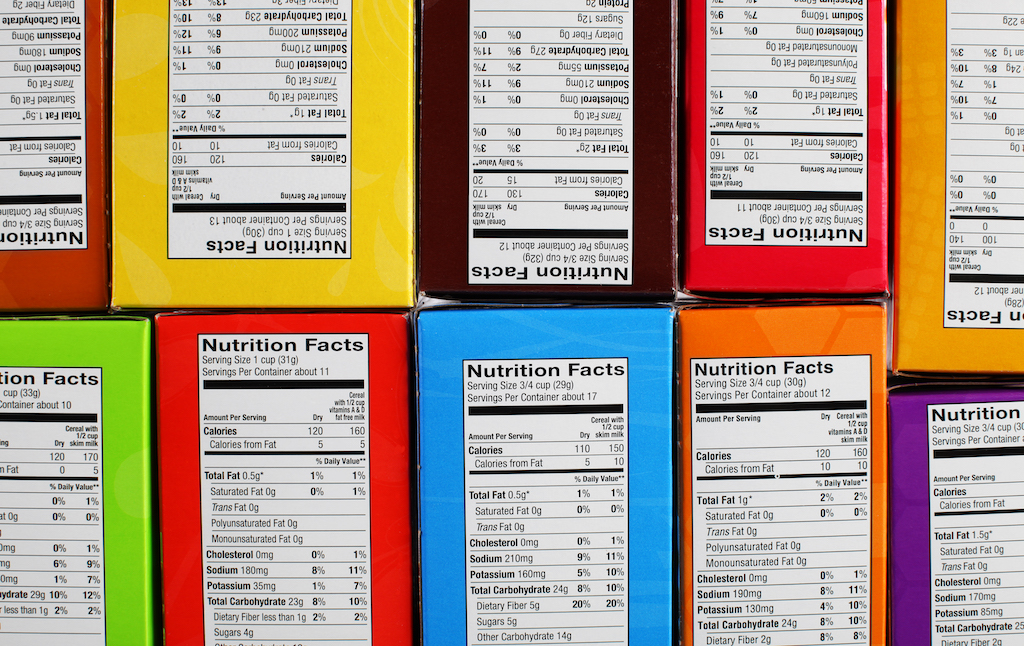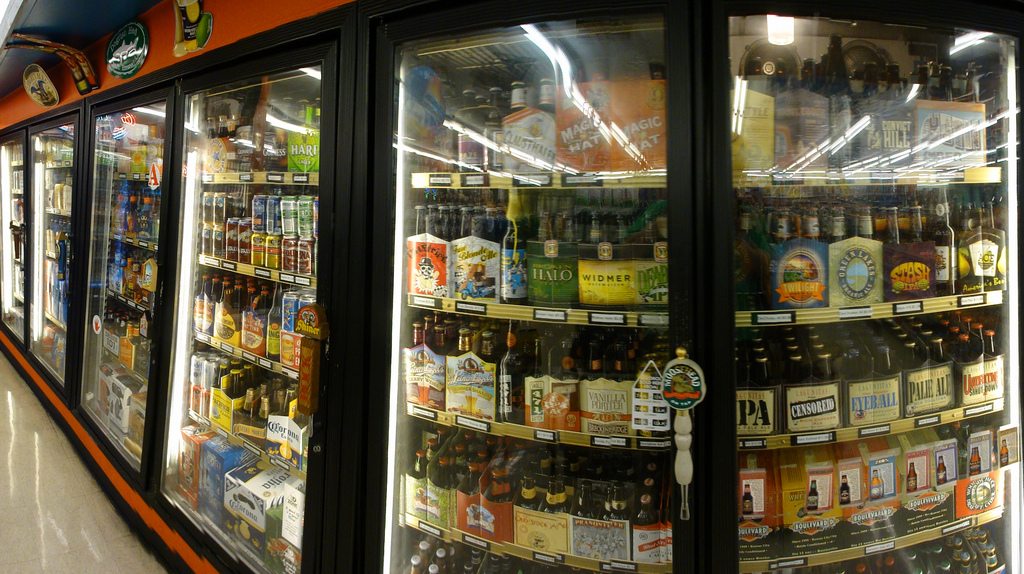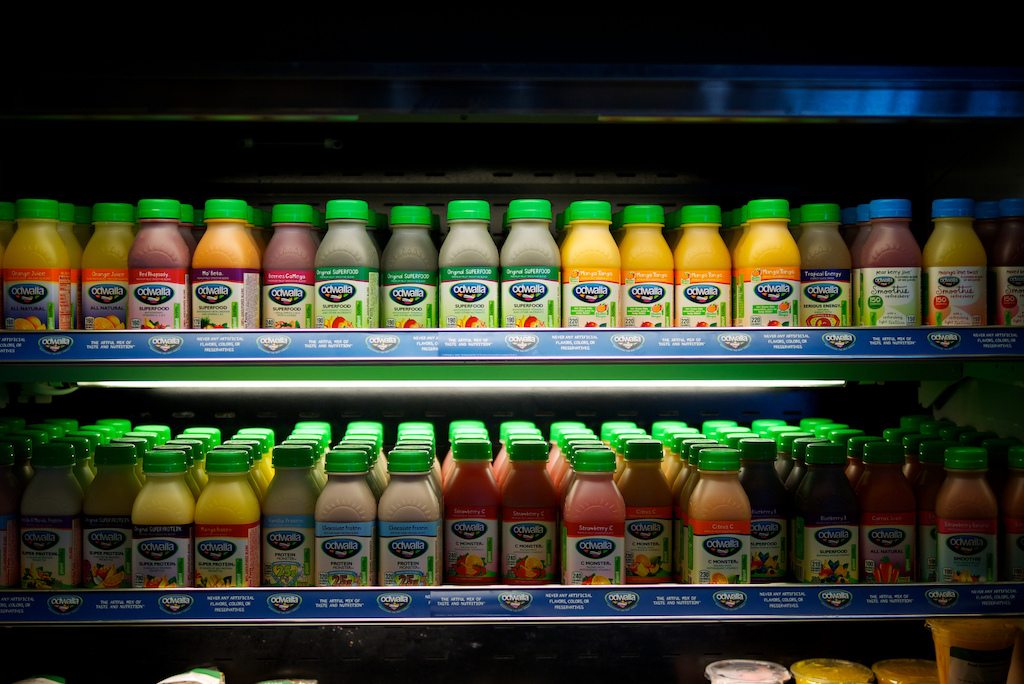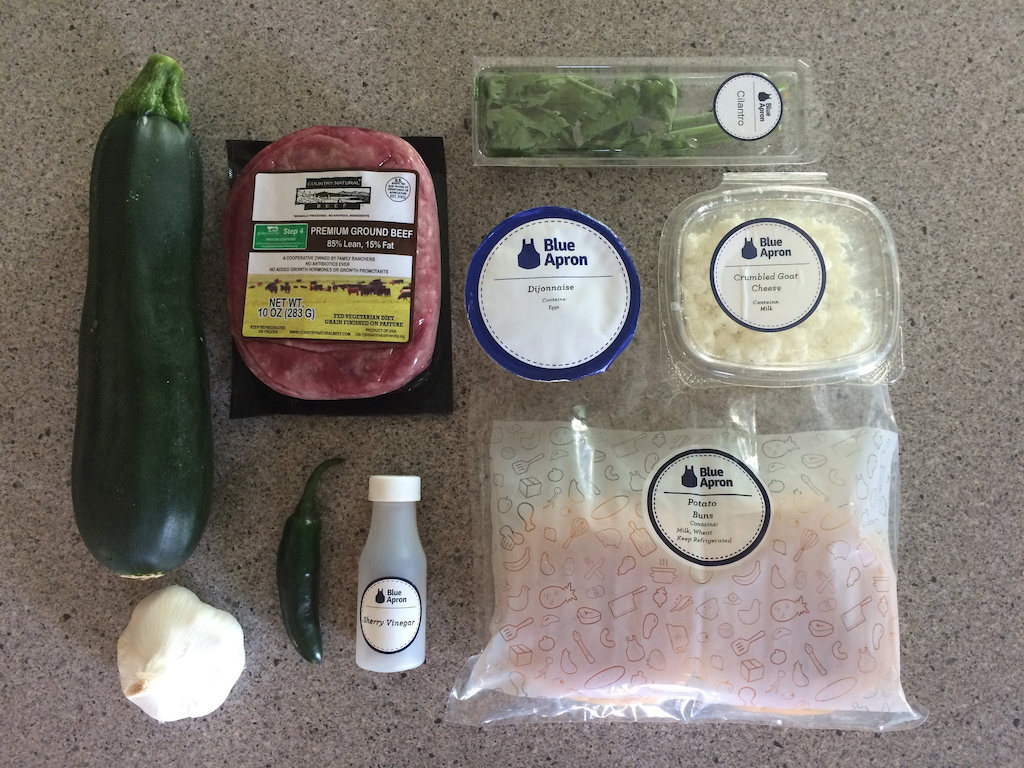
CHRISsadowski/iStock
Back in 2016, when the Food and Drug Administration (FDA) announced sweeping changes to nutrition facts panels on packaged foods, the agency gave manufacturers until summer of 2018 to print new labels. The food industry complained that two years wasn’t enough time to increase the size of the calorie count or calculate the amount of added sugars in each product, and manufacturers were granted an extension until 2020.
Now, a new study published in Circulation by researchers from Tufts University lends a sense of urgency to finalizing these changes: Implementing the “added sugar” part of the labeling requirements could prevent 354,400 cases of cardiovascular disease, 599,300 cases of diabetes, and save $31 billion in healthcare costs over 20 years.
The actual impacts of the policy change will likely be much larger. That’s because food companies are expected to change some of their recipes to reduce added sugar now that they’ll have to disclose it on their product labels. This happened when the United States introduced trans fat labeling and when other countries have mandated labels for added sugar.
“If the added sugar label additionally prompts the food industry to reformulate a portion of products to have fewer added sugars, our model estimated that these health and financial benefits could be doubled,” researcher Renata Micha wrote in an email. “As impressive as these potential health and cost-saving benefits are, they may be underestimated because our model used conservative assumptions about industry reformulation.”
Though the labels are expected to have major impacts on the health of the U.S. population as a whole, the new labels likely won’t drastically change individual eating habits. Micha says the analytical model used for the study estimated the labels would lead to a 6.8 percent decrease in sugar intake across the board. The average American eats 94 grams, or nearly half a cup of sugar each day. A 6.8 percent decrease would subtract just a little more than a teaspoon from that total.
Still, those small changes add up. The researchers project the health improvements spurred by the labeling requirements will add 298,000 years of life across the population. They’ll also add 727,000 “quality-adjusted life years,” economist lingo for years spent in a perfect state of health. By translating those health improvements into dollar value (e.g., money saved at the doctor’s office), the researchers calculated that the savings from the labels will exceed their estimated implementation costs in five years. Had the changes gone into effect as planned in 2018, the policy would be well on its way to breaking even.
The research comes from a group of collaborators working on a project called Food-PRICE, or Food Policy Review and Intervention Cost-Effectiveness, which identifies policy changes that can have major impacts on nutrition. The group has identified eight interventions that would significantly reduce cardiovascular disease rates nationwide. They include a nationwide soda tax, a nationwide subsidy for fruit and vegetable purchases, across-the-board calorie labeling, and restrictions on food marketing to children, among others.
Many of these have been floated in local and state governments, but we have yet to see much political momentum at the federal level. If FDA does follow through with its revised 2020 deadline, however, the savings could be immense.











